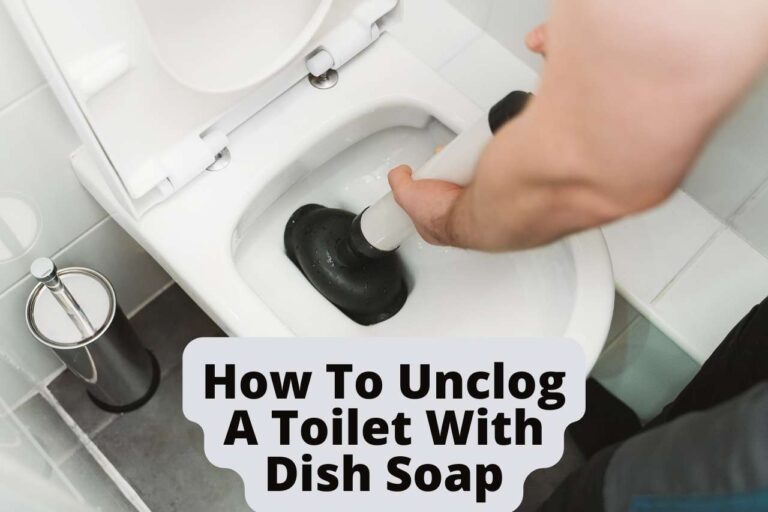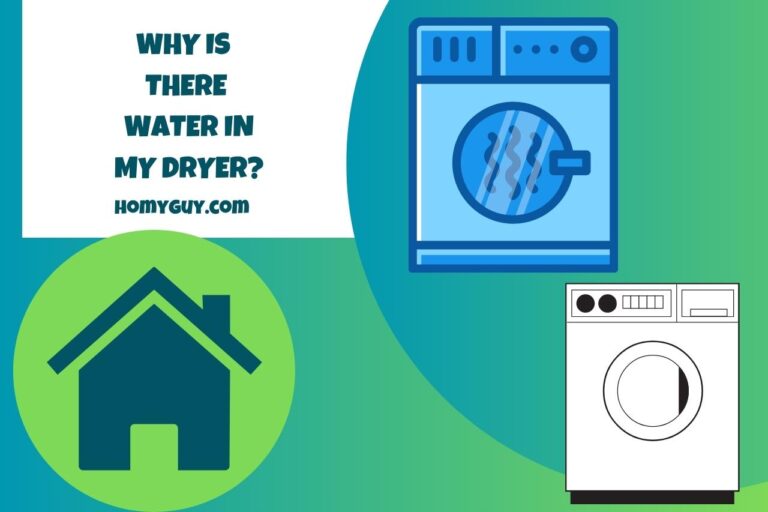How To Bypass Washing Machine Water Level Sensor? Full Guide
Washing machines with high water efficiency use less water, saving you money. Most of the time, this still thoroughly cleans your clothes, but occasionally, not enough water is used. But how to bypass washing machine water level sensor?
If you’re interested in knowing how to bypass the washing machine’s water level sensor, continue reading. By bypassing this sensor, you’ll add more water to your machine, which will increase the effectiveness of the cleaning.
We’ll share the best workarounds for getting around this sensor to keep your clothing spotless and stain-free.
How A Washing Machine Knows Water level In It?
A pressure switch is typically present in the washing machine. The air inside the pressure tube is pressurized and trapped as the water fills the drum. This pressure alerts the pressure switch that the water level has risen by sending it a signal.
Machines can have one level, two levels, or three levels. Depending on the cycle, these sensors determine a maximum and minimum level to ensure the right amount of water is used.
Although this auto-sensing technology typically performs fairly well, problems can occur.
Usually, the machine overflows as a result of the malfunction.
Why Use So Little Water In HE Washers?
HE washers are made to clean clothes with less water and energy. Long-term financial savings aside, they are also better for the environment.
These machines employ a tumbling mechanism or impeller to wash your clothes along with a small pool of water.
While high-efficiency washing machines have many benefits, they also have some drawbacks. For instance, they might cause cleaning to be uneven. Due to their extreme gentleness toward clothing, the machines may overlook stains. Due to the lack of water, it’s possible that clothes won’t be thoroughly cleaned if they aren’t sufficiently dampened or rinsed.
Because of this, you might be desperate to learn how to bypass washing machine water level sensor.
How To Bypass Washing Machine Water Level Sensor?
You can raise the water level in your HE machine in a few different ways. For instance, the methods used by Samsung, GE, Maytag, and LG to address sensor problems may differ. It’s a good idea to speak with the manufacturer initially since they can advise or have knowledge of the field.
-
Put More Water In
You should add more water as your first (and simplest) attempt when you think about how to bypass washing machine water level sensor.
All you should do is drench your load of laundry in the water because water is heavy. Run a rinse cycle just before the wash cycle to accomplish this. Your clothes should be cleaned more effectively due to the machine releasing more water due to the added weight for a specific wash.
-
Putting In A Water Hose
Despite being more complicated, this approach is still understandable to most people. Make sure the splitter you purchase has a nut in the mainstream. The splitter must be tightly screwed on.
Start by cutting off your machine’s water supply. The water pipe you use for your machine should be connected to a splitter. The majority of machines use cold water. Securely screw the divider into the water supply. Then use your splitter to attach the wash cycle tubing to one of the openings.
The third stream of your splitter should then have the hose. Open the valve as the washing machine needs to fill up to allow the water to flow through the hose. Without having to fiddle with the machine, this will add more water. Your warranty won’t be nullified either.
-
Pressure Switch Modification
Just be aware that this option won’t function if your washing machine drain is relatively low than the line marking the maximum water level. All of the water will drain away.
If that is not a problem for you, you could perhaps try this approach.
The control panel of your washing machine should be opened. Behind the water level switch is the pressure switch. A factory screw is covered on this switch. This forces a spring-loaded disc against the switch.
This needs to be tightened with a screwdriver for the disc can be inserted further. The maximum level of water can rise as a result.
-
Additional Rinse Cycle
Not having to use the above mentioned techniques is another good news. A second rinse cycle can be added to some washing machines. Even more convenient is that many machines let you select the water level you want to use.
Every wash cycle requires you to use this more labour-intensive option, but it’s simple!
Try running an additional rinse cycle with the most water possible to make sure that adequate water amount is added to properly clean and rinse your clothes.
What Are the Reasons For Water Level Sensor On The Washing Machine Not Working?
If the water-level sensor is malfunctioning, your machine may not be draining properly or filling with just enough water. Before attempting to supersede the washing machine level of water, it is crucial to troubleshoot these problems if you don’t want to end up causing more problems.
-
Insufficient Amount Of Water To Fill The Washing Machine
A damaged water level sensor may cause inadequate water in the drum. You should examine the water level switch to verify if there is an issue present.
You might need an electrical engineer or a qualified repairer to do this. However, you could attempt this yourself if you have little electrical knowledge.
To avoid the possibility of an electrical shock, turn off and disconnect your washing machine before beginning.
Conclusion
Knowing how to get around the washing machine’s water level sensor can be useful if your washing machine has already been having trouble draining or filling.
This can be done load by adding a rinse cycle or even more water to the drum before the cycle begins.
For a more long-lasting fix, insert a water hose or change the pressure switch.
Keep Reading: Similar Content You May Enjoy
- How To Unclog A Toilet With Dish Soap – A Simple Remedy
- How to Protect Bathroom Floor From Urine? Easy Steps To Follow
- Can a Toilet and Sink Share the Same Drain?

Hello! I’m Kavindu, a home imprpovement expert. With a passion for transforming living spaces, I share insights on everything from trendy interior designs to essential DIY tips. Whether you’re renovating or just refreshing your decor, join me for practical advice, creative ideas, and the latest home trends. Let’s make your house a dream home, one project at a time. Most importantly, I love cooking as much as I love blogging!







